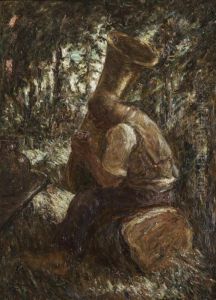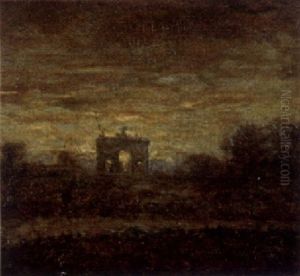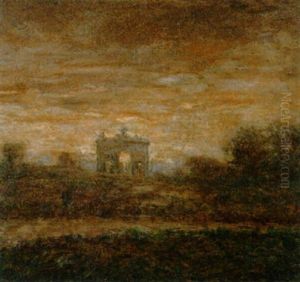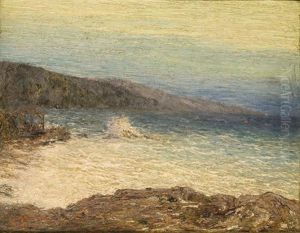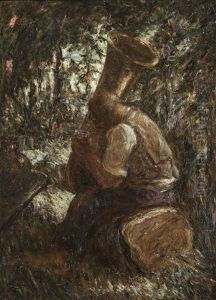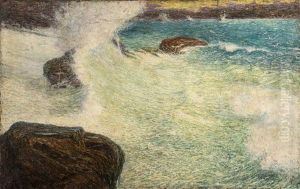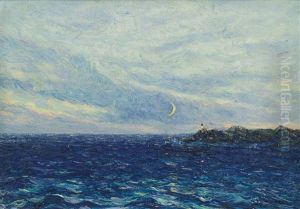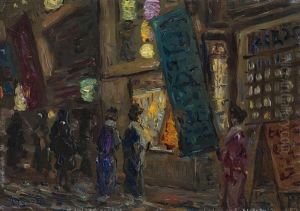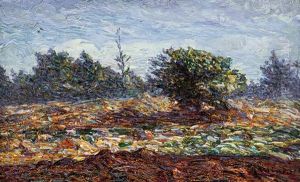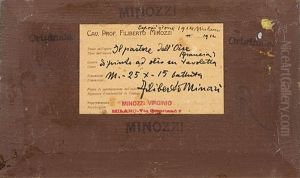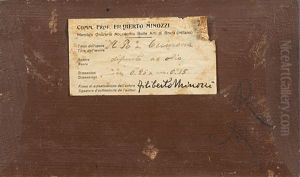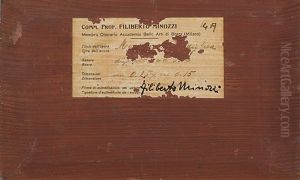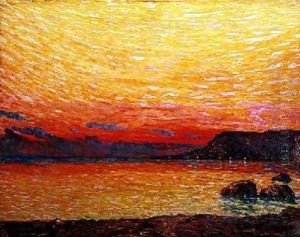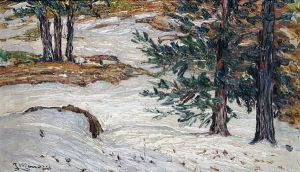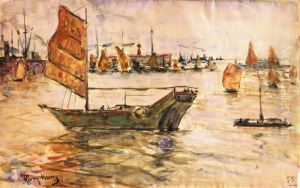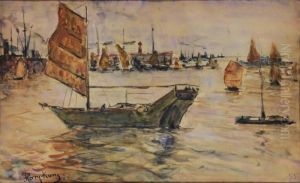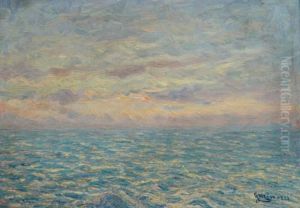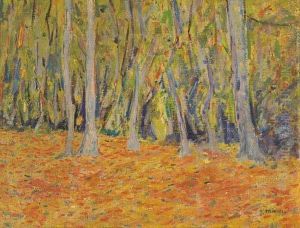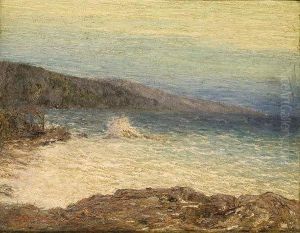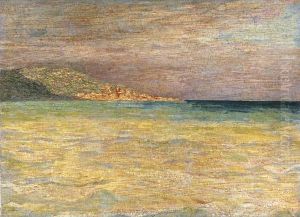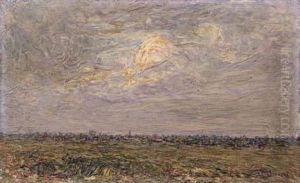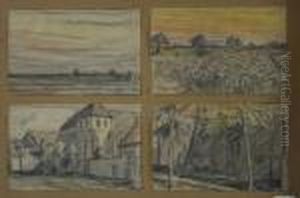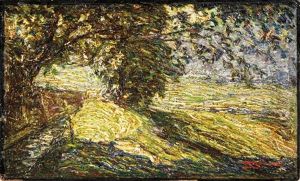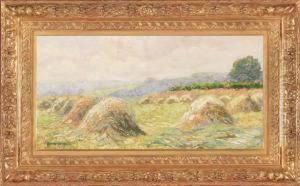Professor Filiberto Minozzi Paintings
Professor Filiberto Minozzi was an Italian artist born on August 19, 1877, in the town of Orbetello, in Tuscany, Italy. He is often recognized for his contributions to the early 20th-century Italian art scene, specifically for his work in painting and engraving. His artistic journey began at a young age, which eventually led him to study at the prestigious Academy of Fine Arts in Florence.
Minozzi's style was deeply rooted in the classical tradition, yet he was also influenced by the changing tides of art movements of his time, such as Impressionism and later, Modernism. Throughout his career, he exhibited a strong command of form and color, with a particular skill in capturing the subtleties of light and shadow, characteristics that are evident in his landscape and portrait paintings.
Although not as widely known as some of his contemporaries, Minozzi held a respectable position within the Italian art community. He participated in various exhibitions, including the Venice Biennale, where he presented his work on multiple occasions. His artistic contributions were also recognized through his role as a professor, where he influenced a new generation of Italian artists.
Minozzi's work was not limited to fine art; he was also involved in the decorative arts, contributing to the beautification of public and private spaces through murals and frescoes. This aspect of his work reflects the Italian tradition of integrating art into everyday life, a principle that was particularly important during the rise of Fascism in Italy when art was seen as a means of fostering national pride and cultural identity.
Sadly, Filiberto Minozzi's life and career were cut short when he passed away on February 7, 1936, in Florence. His legacy is preserved in the collections of various Italian museums and in the memories of those who were touched by his teachings and his art.
